Summary
Nearby activities include camping, hiking, and picnicking, making it a great destination for families. Fishing tips include using live bait and casting near submerged logs and other structures for the best chance of a catch. The best time of year to visit is in the spring and fall, with average temperatures ranging from the mid-60s to mid-70s Fahrenheit. Overall, Brushy Creek provides a peaceful and enjoyable outdoor experience for anglers and outdoor enthusiasts alike.
Fish Species
Nearby Fishing
Weather Forecast
Nearby Streamflow Levels
Angling Safety Guidelines
Check local fishing rules, seasons, size limits, and license requirements to ensure legal and sustainable angling.
Handle Fish Responsibly
Use wet hands, minimize air exposure, and release fish gently to improve survival rates when practicing catch-and-release.
Choose the Right Gear
Match your rod, line, and tackle to the species and conditions to increase success and reduce unnecessary harm to fish.
Respect the Waterway
Avoid disturbing habitat, prevent bank erosion, and keep a safe distance from spawning areas to protect ecosystems.
Keep It Clean
Pack out all line, hooks, bait containers, and trash—discarded gear can injure wildlife and degrade waterways.

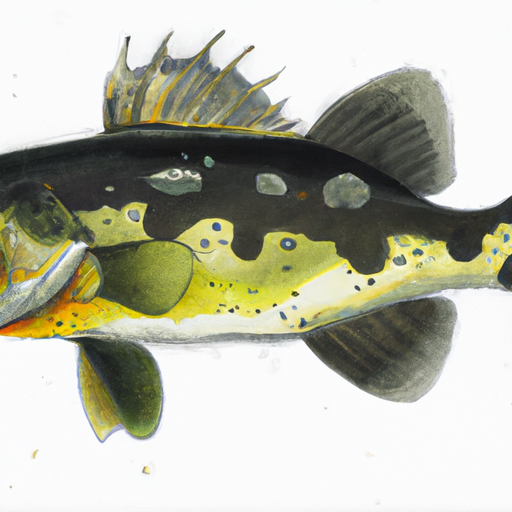 Spotted Bass
Spotted Bass
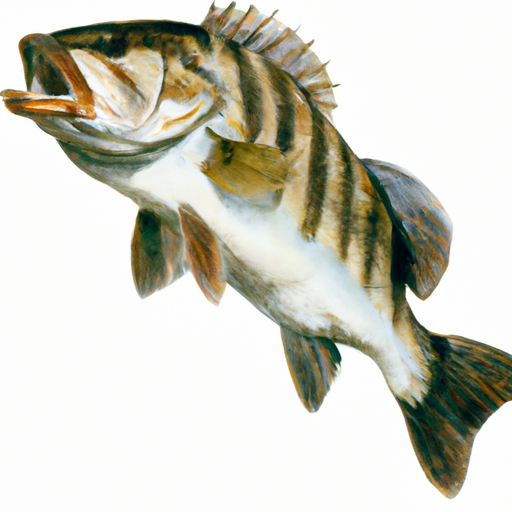 Striped Bass
Striped Bass
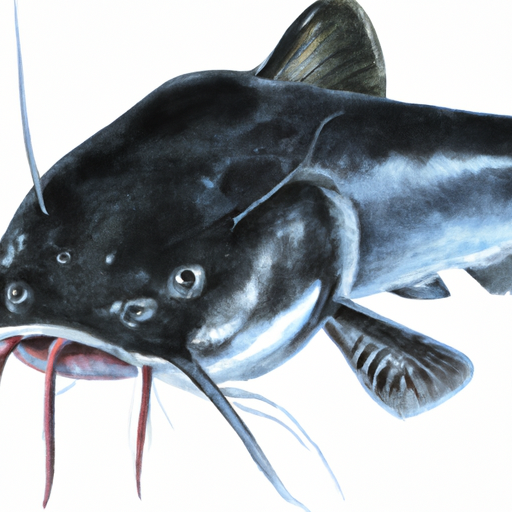 Channel Catfish
Channel Catfish
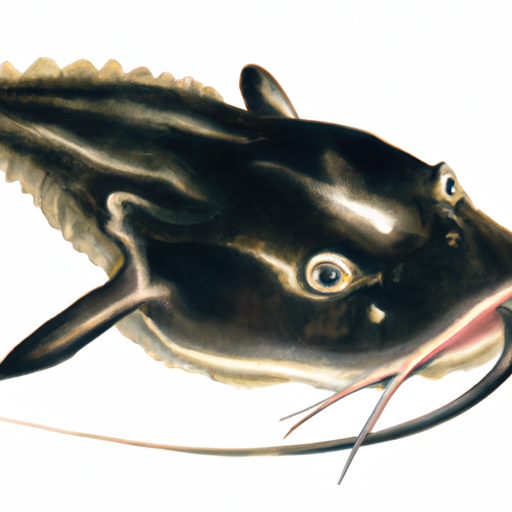 Flathead Catfish
Flathead Catfish
 Black Crappie
Black Crappie
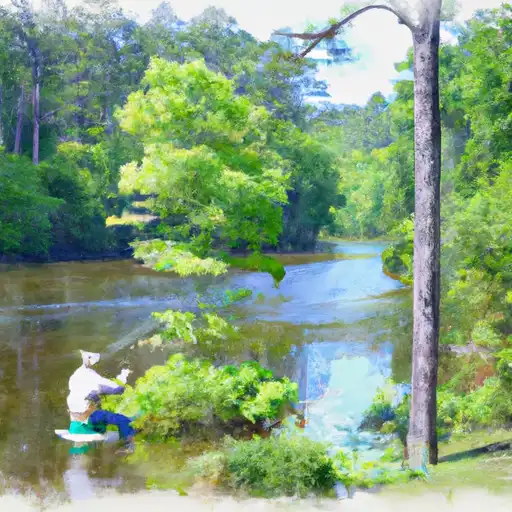 Yellow Creek
Yellow Creek
 Lewis Smith Lake
Lewis Smith Lake
 Sipsey Fork above Smith Lake
Sipsey Fork above Smith Lake

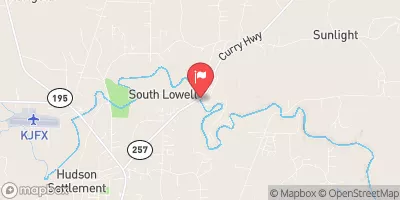


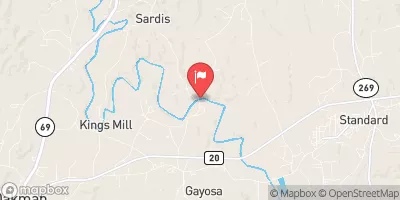

 Bonds Lake Dam
Bonds Lake Dam
 County Road 8 Winston County
County Road 8 Winston County